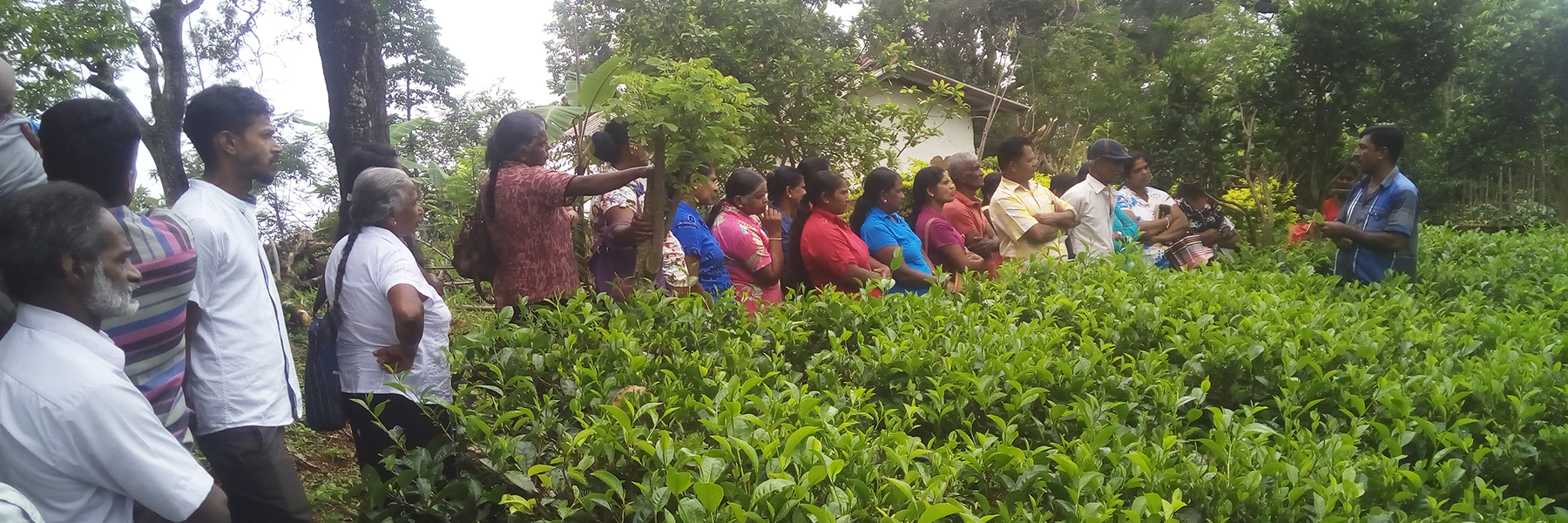Focal Area: Development of rural services and infrastructure, civic engagement and improving rural non-farm income Geographic coverage: National
Duration: 30th March 2004-31st March 2010
Implementing agency: Gemi Diriya Foundation
Donor/source of funding: World Bank
Budget:
| Component | Appraised cost ($) | Actual Cost ($) |
| Component A Village Development | 49,500,000 | 40,780,000 |
| Component B Institutional Strengthening | 5,700,000 | 2,700,000 |
| Component C Innovation Seed Fund | 1,300,000 | 50,000 |
| Component D Project Management | 2,500,000 | 4,700,000 |
| Component E Village Self Help Learning | 1,000,000 | 1,000,000 |
| Part Z Tsunami response | 8,290,000 | |
| Adaptable Programme Loan (APL) Phase 2 funds (allocated partly to compensate for the allocation for Partz and also to offset shortfalls due to the addition of the Gama Neguma Programme. | 15,000,000 | |
| Component F | Information unavailable |
Brief summary of activities and relevance to SLM FAO project:
The target of the project was Uva and Southern Provinces.
The main objectives of the project were improving accountability and self-governance capabilities of local institutions. These objectives were divided into the following sub objectives:
- Decentralizing the decision making power and resources to community organizations
- Strengthening selected local governments that demonstrate responsiveness and accountability to rural communities
- Working with federations of village institutions, private sector and NGOs on economic empowerment to increase size and diversity of livelihoods.
To achieve the above, the project activities were categorized into five components
- The village development activities were the majority, which were focused on strengthening village institutions and funding community sub projects (capacity building, infrastructure (social/community), livelihood activities) and development of an incentive fund for well performing villages.
- Strengthening institutional capacities of local and national institutions. Introduction of social and public accountability mechanisms and providing support for policy makers. This component focused on facilitating funds to be channeled from the government to communities.
- Funding innovative ideas that require experimenting prior to scaling up was also conducted. Agricultural processing, value addition and IT related activities were those activities. iv. Activities that were aimed at managing the project at divisional, provincial and national levels.
- Village self-help learning initiative was the precursor pilot project activity.
Key lessons which the ‘Gemi Diriya’ Project could provide the FAO SLM project are:
- Involvement of the marginalized communities is important for the long term sustainability of participatory forestry.
- Experienced community leader transfers knowledge to other communities effectively.
- Synergies between productivity, livelihoods and investment on infrastructure can offer high community development benefits.
(IEG, 2014)

